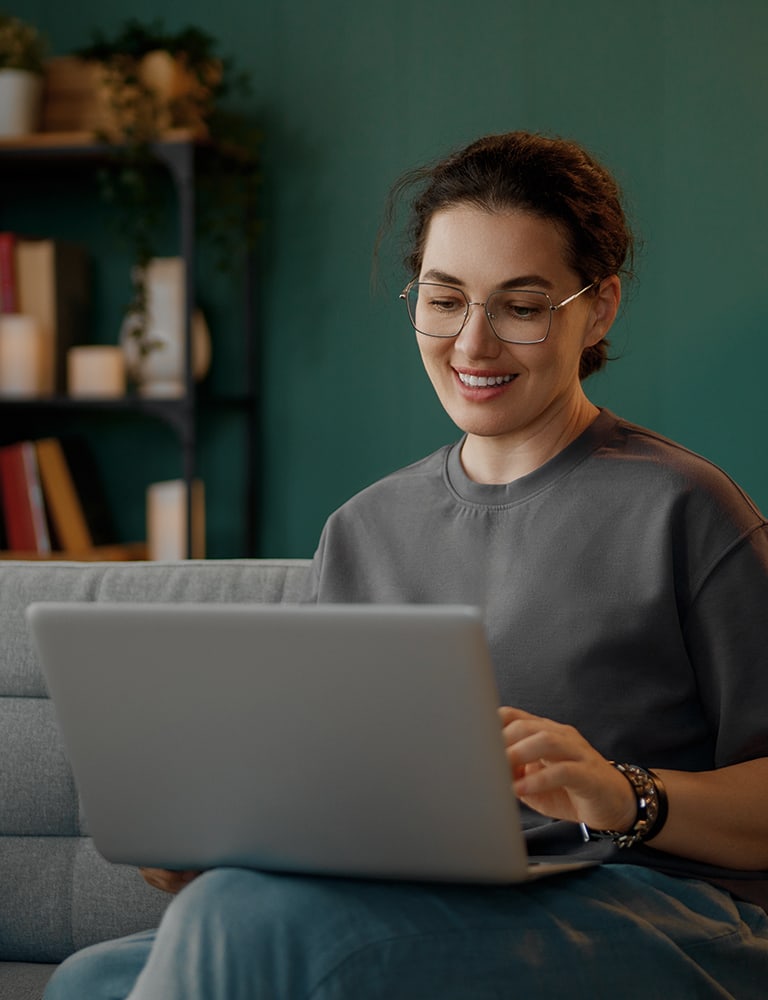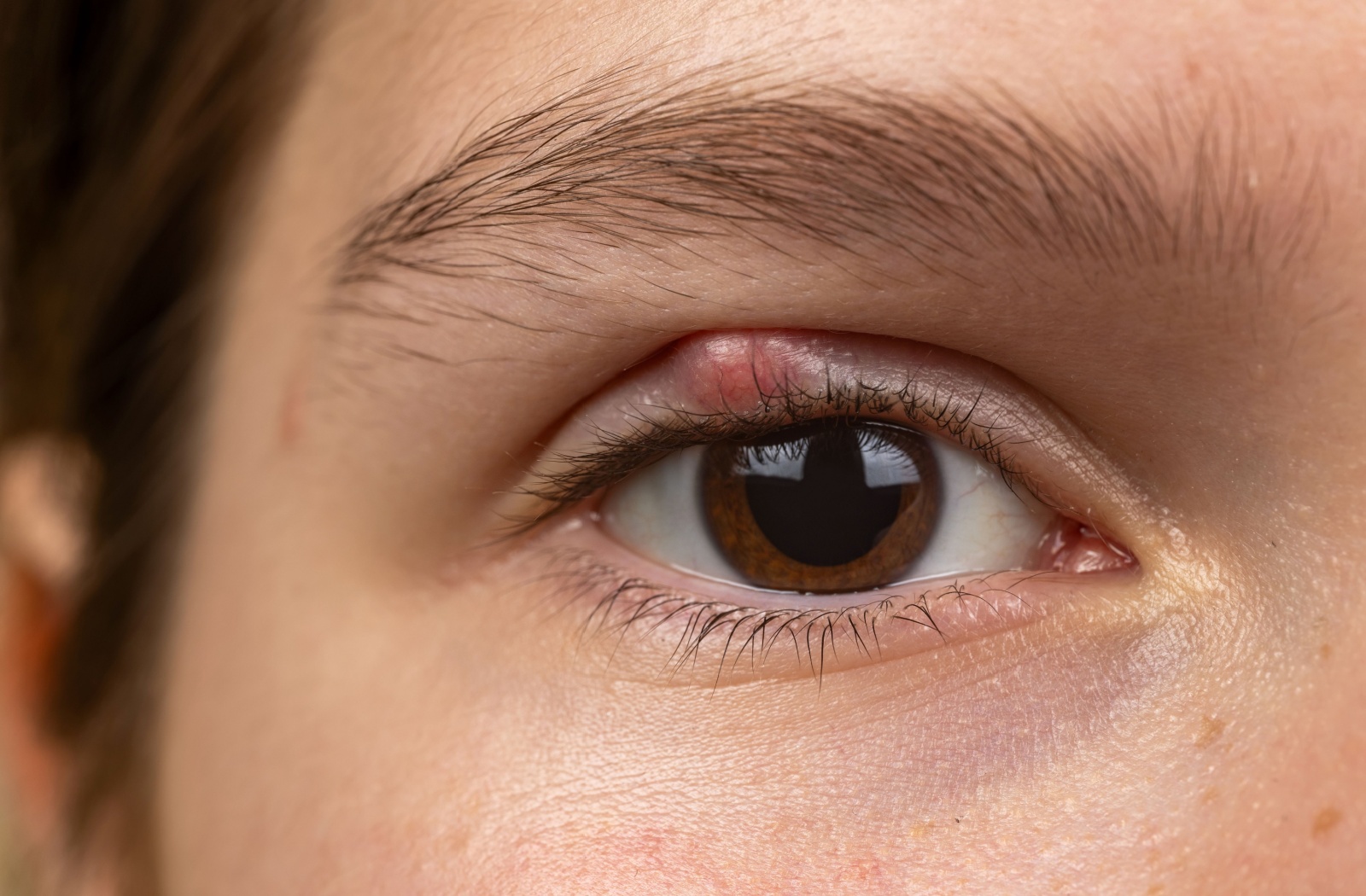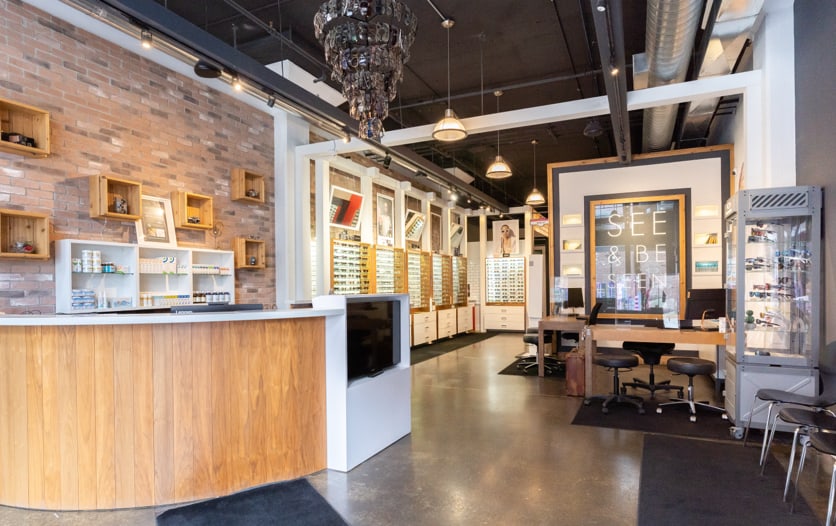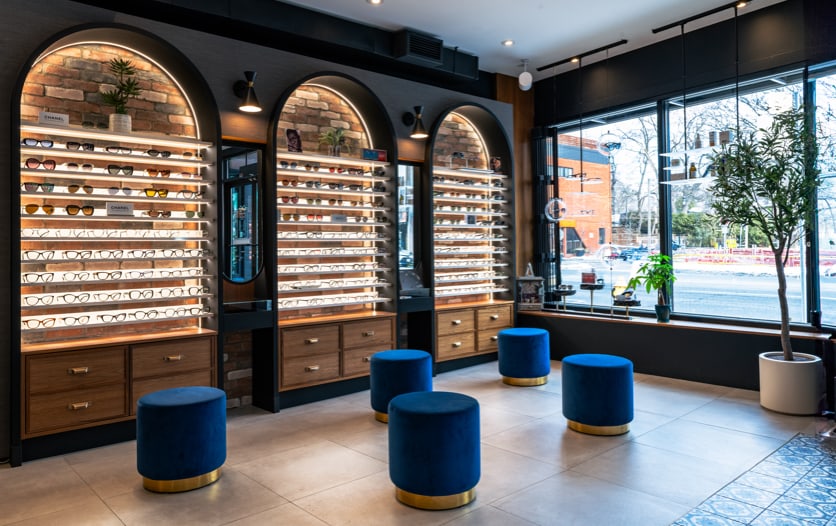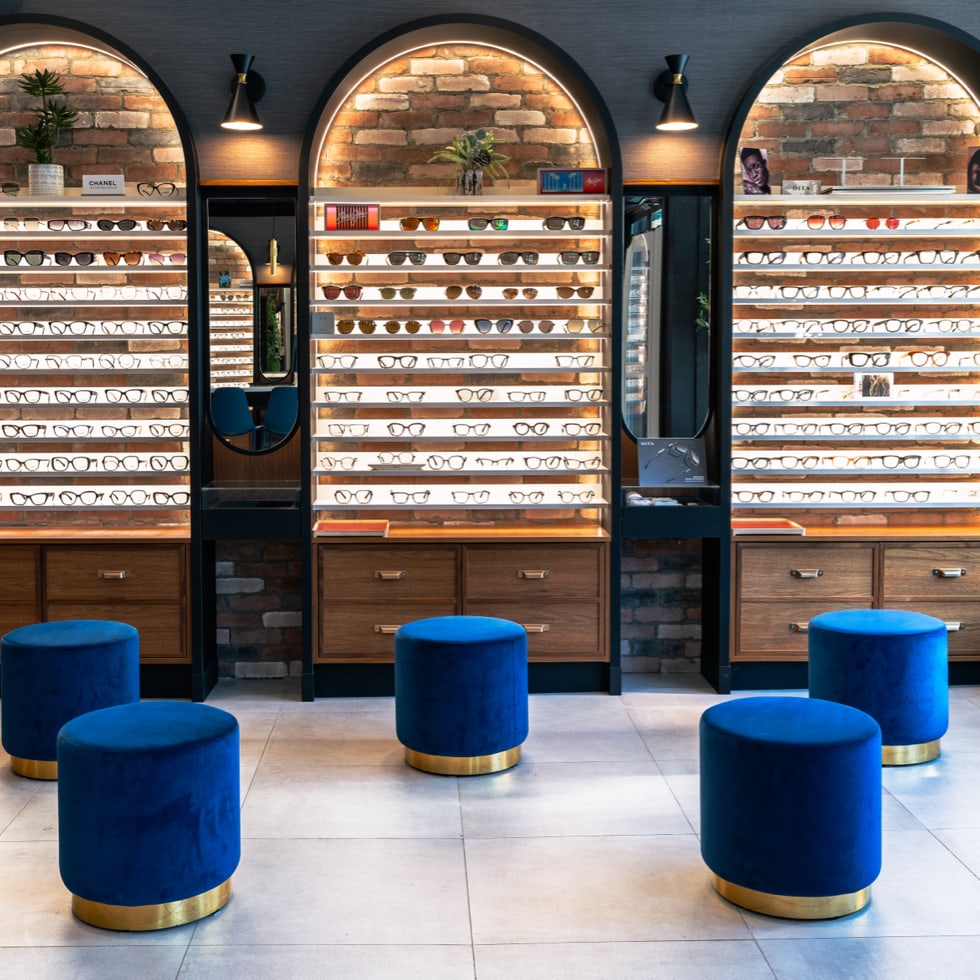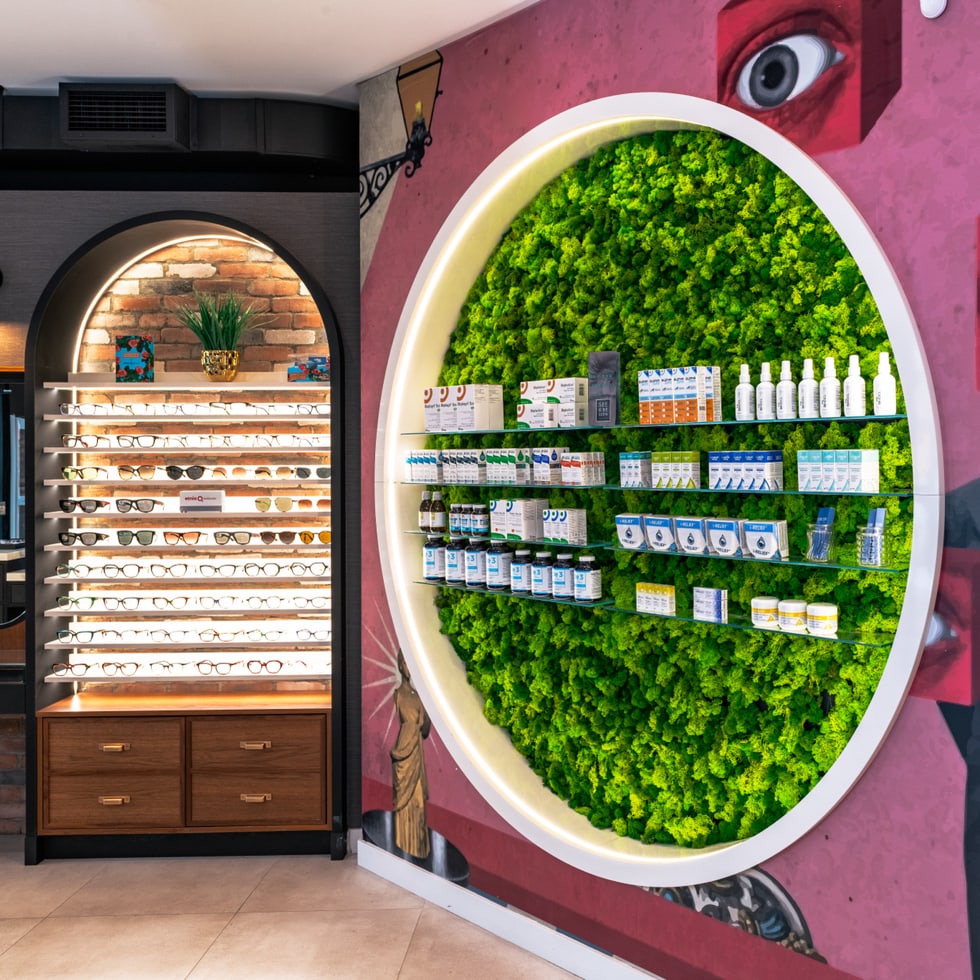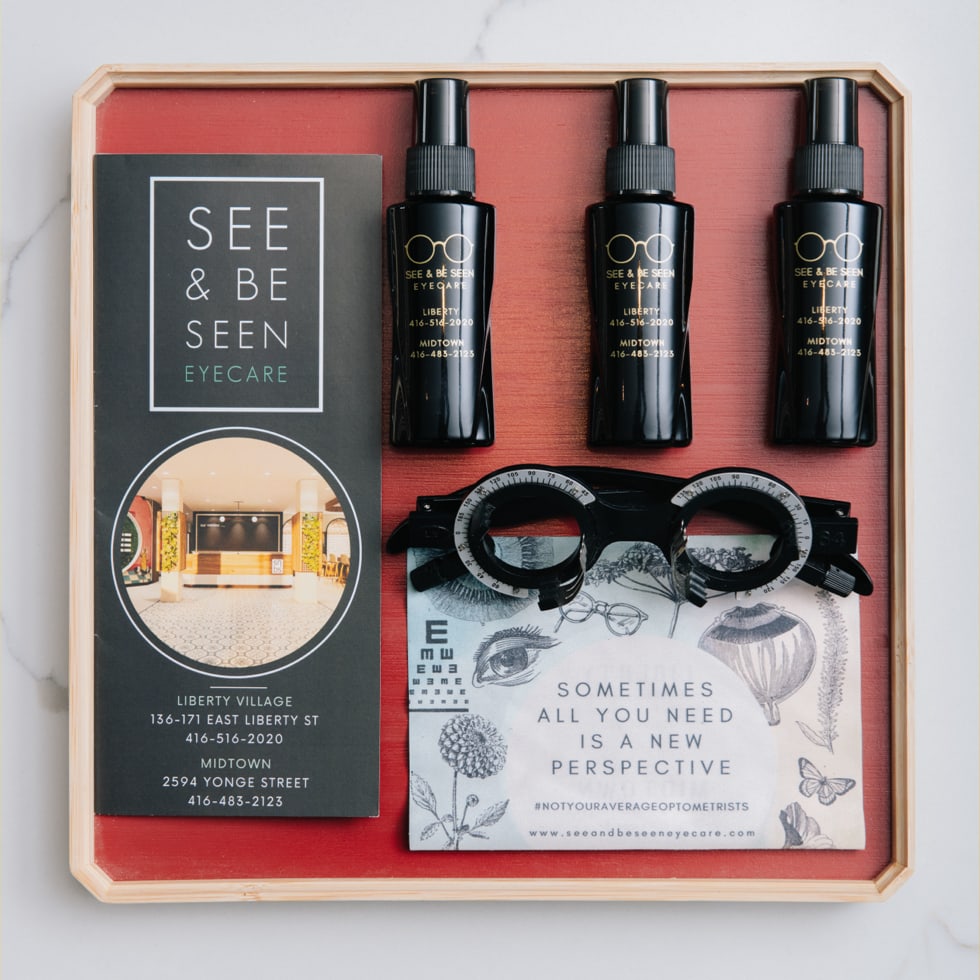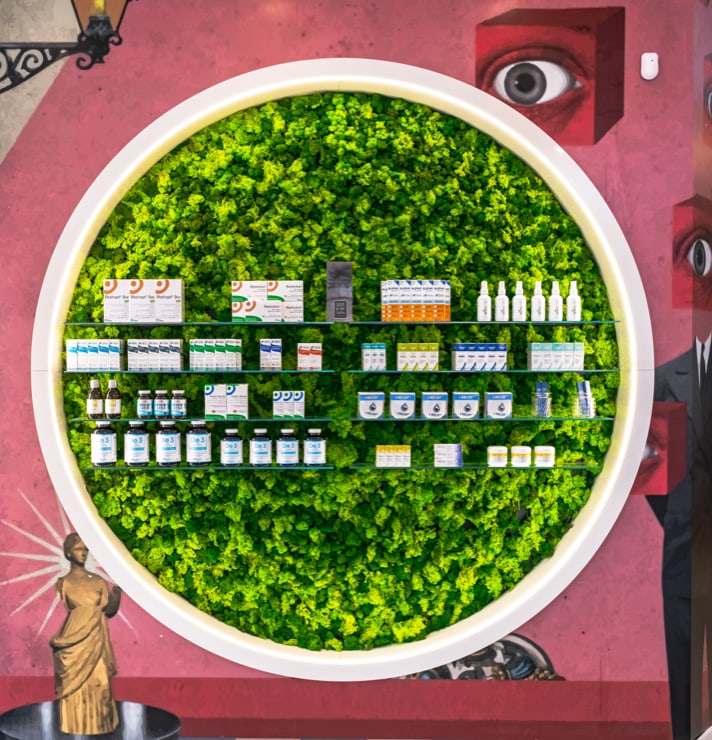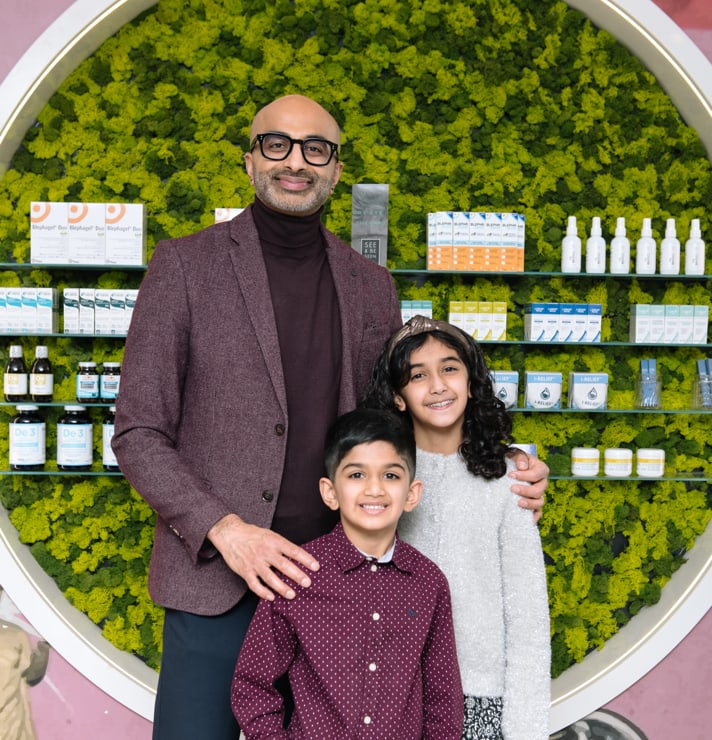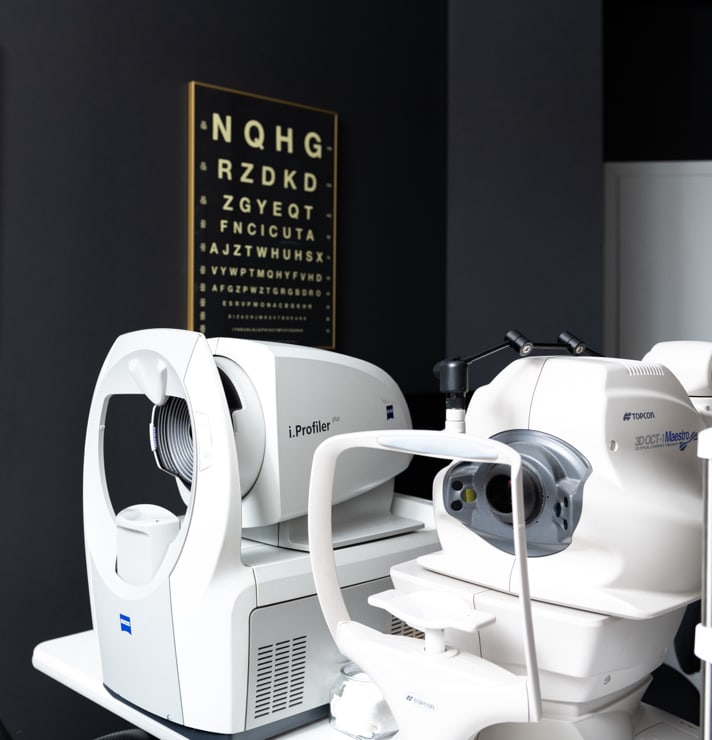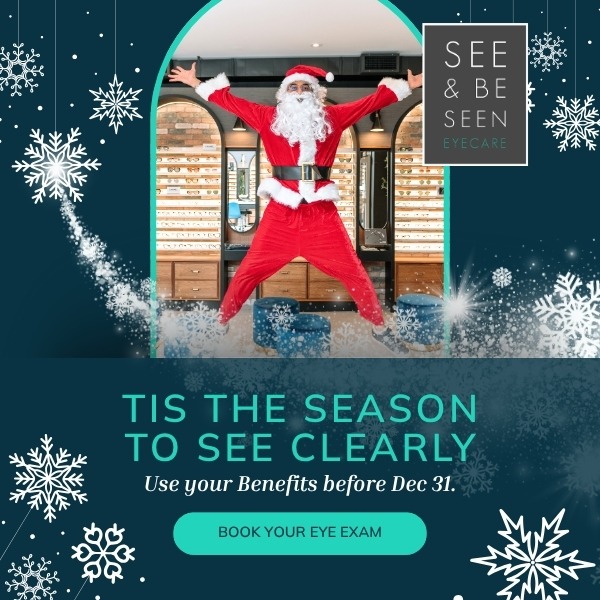If you’ve ever dealt with a red, swollen eyelid, you know how uncomfortable styes can be. These red, painful lumps can lead to all kinds of uncomfortable symptoms. While they’re a common eye condition, they can be extremely frustrating—but there’s no need to suffer in silence.
Styes typically resolve on their own within a week or so. You can effectively try several different at-home treatments to ease irritation and speed up healing. With warm compresses, proper hygiene, and the help of an experienced optometrist, you can effectively find relief from your irritation.
What Are Styes?
A stye, also known as a hordeolum, is a small red lump that develops near the edge of your eyelid. It’s usually caused by blocked oil glands or a bacterial infection. They can be painful, sensitive to the touch, and sometimes even cause swelling around your eye.
Thankfully, most styes clear up within a week. However, addressing the problem early with proper care can reduce discomfort and prevent complications. Because styes are caused by infections, it’s essential to practice good hygiene habits and avoid touching the stye whenever possible.
At See & Be Seen Eyecare, we recommend several at-home remedies, all simple approaches to finding relief. However, for severe or stubborn styes, in-office treatments may be necessary.
Home Cure for Styes
If you notice a stye, your first step should be to try these simple techniques. If your symptoms persist past a few days, or start interfering with your quality of life, visit your optometrist.
1. Warm Compress: The First Step to Relief
Applying heat is one of the simplest and most effective home remedies for a stye. Heat improves blood circulation to the area, reduces swelling, and encourages the stye to drain on its own.
To apply a warm compress effectively, follow these steps:
- Use a clean washcloth and soak it in warm (not too hot) water.
- Wring out excess water and gently place the cloth over the affected eyelid.
- Leave it on for 10 to 15 minutes, and repeat this process 3 to 4 times a day.
You can also buy a special warm compress eye mask from our store as an easy-to-use option!
2. Gentle Eyelid Massage
Once the warmth has softened the area, a gentle eyelid massage can improve drainage and help prevent further blockages.
It helps to:
- Wash your hands thoroughly with soap and water.
- Use clean fingers or a cotton swab for the massage.
- Gently move in a circular motion along the affected eyelid.
- Repeat the massage 2 to 3 times a day for optimal results.
Avoid squeezing, popping, or applying excessive pressure to the stye. Popping a stye spreads the bacterial infection around the eye, and this can significantly worsen your symptoms.
Hypochlorous Spray: Keeping Your Eyelids Clean
Using hypochlorous spray is another great way to care for the delicate skin around your eyes when dealing with a stye. This spray helps by reducing bacteria and soothing inflammation.
Here’s how to use hypochlorous spray safely:
- Spray onto a cotton pad or directly onto your closed eyelids.
- Gently wipe the eyelid area to keep it clean without causing irritation.
This is an easy and effective way to keep your eyelids cleaner and healthier.
When to See an Eye Doctor: In-Office Treatments for Styes
While many styes resolve with home care, some signs indicate it’s time to see an optometrist. If your stye lasts longer than a few days—or becomes painful and swollen and starts impacting vision—it’s time for professional treatment.
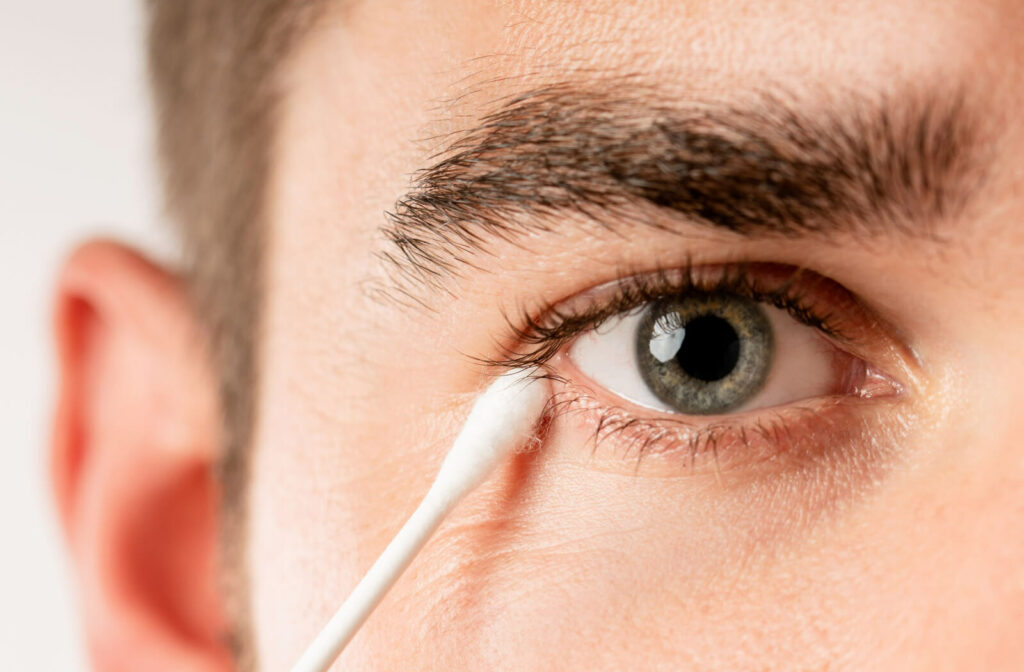
Here at See & Be Seen Eyecare, we offer in-office treatments to address persistent styes:
- IPL (Intense Pulsed Light) Therapy: This cutting-edge treatment unclogs oil glands and reduces inflammation. It uses gentle pulses of intense light to stimulate the area.
- Lipiflow Treatment: This is a highly effective therapy using thermal pulsation to clear blocked glands and restore comfort.
If your stye isn’t getting better with at-home remedies, our team is ready to help you find relief.
Frequently Asked Questions About Styes
Styes are a common eye condition. Learning more about these conditions means you’re prepared in case you ever develop one yourself.
How Do I Get Rid of a Stye Overnight?
It’s not possible to eliminate a stye overnight. However, with proper hygiene, warm compresses, and enough time, your symptoms should go away within a few days.
What Triggers an Eye Stye?
A stye forms when bacteria, usually Staphylococcus aureus or Staphylococcus epidermidis, infect the oil glands along your eyelid. The bacteria can enter your skin through tiny cuts or breaks, causing inflammation and a pus-filled bump to form.
How Long Does a Stye Last?
Most styes last for about 1 week. However, this varies depending on factors like the treatment approach and the severity of the infection.
Can You Pop a Stye?
You should never pop or squeeze a stye. Doing so could spread the infection and make the problem worse. In some cases, it can even lead to a worse infection, which can permanently damage your vision.
Let Our Team Help You Find Relief
A stye can feel like a frustrating nuisance. But with proper care, you can ease discomfort and promote healing. From warm compresses to advanced in-office treatments, our team at See & Be Seen Eyecare is here to support you every step of the way.
If you’re struggling with a stye or have any concerns about your eye health, our team is just a call away. Contact us today to schedule your appointment and get the professional care you deserve.
